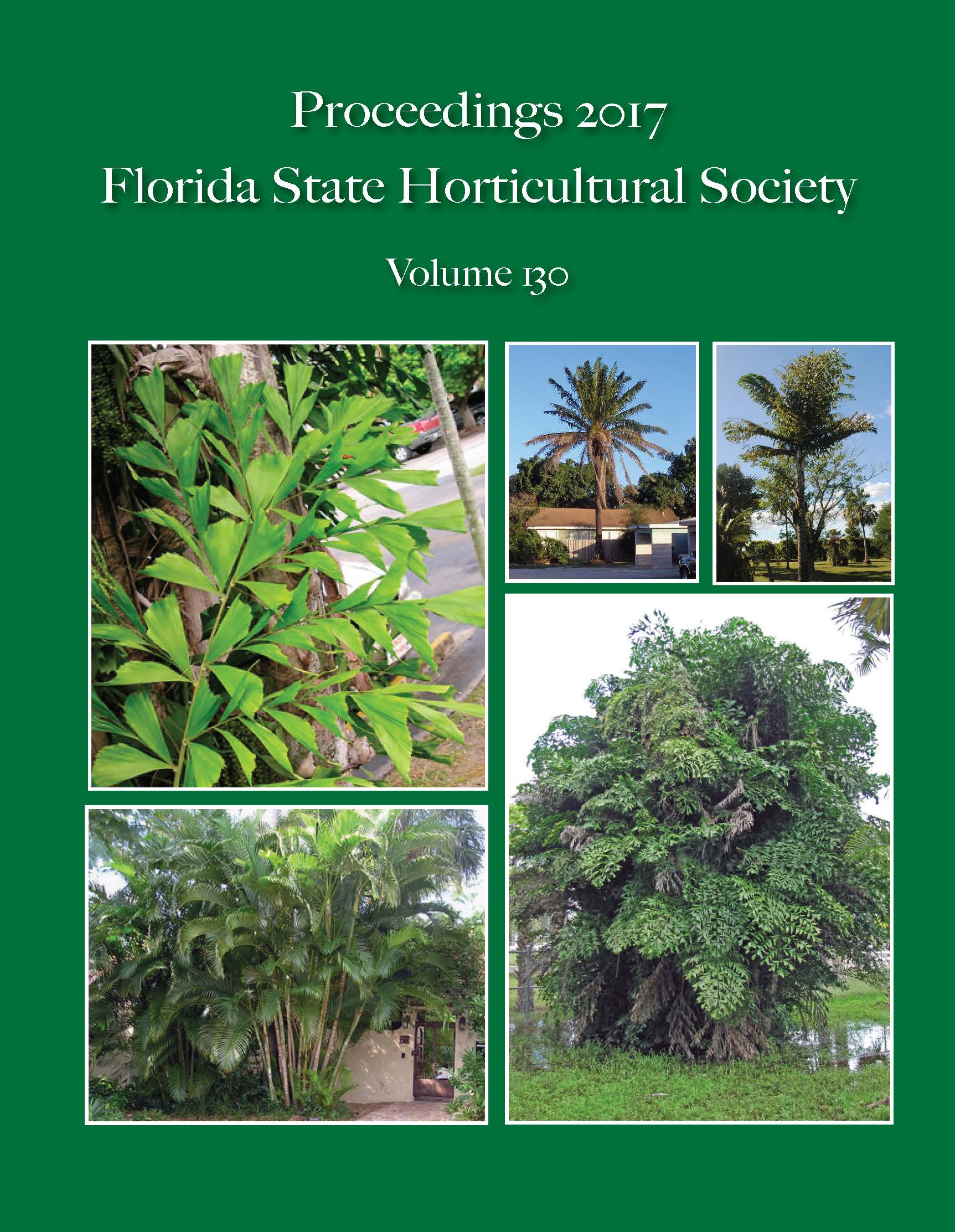Abstract
Citrus fibrous roots are vital for absorption and transport of water, nutrients, and other endogenous plant growth regulators. Efficient functioning of these roots in Huanglongbing (HLB)-affected citrus trees is important for their survival. One-year-old ‘Valencia’ sweet orange (Citrus sinensis L. Osbeck) trees on Swingle citrumelo were budded with HLB-infected budwood to determine the HLB-induced pathological responses at the ultrastructural level of different fibrous root orders. The fibrous root mass was dissected into four root orders: fourth-order (attached to a thick rudimentary taproot), third-order (attached to the fourth-order root), and second-order roots (attached to the third-order root). We were not able to study the ultrastructure of the first-order (attached to the second-order root) roots in this study. Severe loss in fibrous root mass was observed within 1 year following HLB infection. All root orders displayed various degrees of HLB symptoms. The fourth-order roots comprised normal phloem and disintegrated phloem. Some vascular bundles had completely disintegrated phloem tissue, whereas others showed normal ultrastructure. The fourth-order roots were also deficient in starch granules compared with controls. The pattern of phloem disintegration was similar in the third- and second-order roots. A thick layer of necrotic phloem developed near cortical cells, while the rest of the phloem structure remained normal inthe third- and second-order roots. Cortical cells of both third and second orders were enriched with starch granules; therefore, soluble carbohydrates are most likely not the limiting factor for root decline in these root orders. The xylem anatomy displayed heptarch to pentarch morphology in the various root orders. These observations confirmed that various root orders in the fibrous root system are distinct and exhibit varied pathological responses during HLB pathogenesis. We propose that photosynthates deprived fourth-order roots in conjunction with necrotic phloem promoted decline in all root orders and impaired the translocation process to aboveground plant parts.

